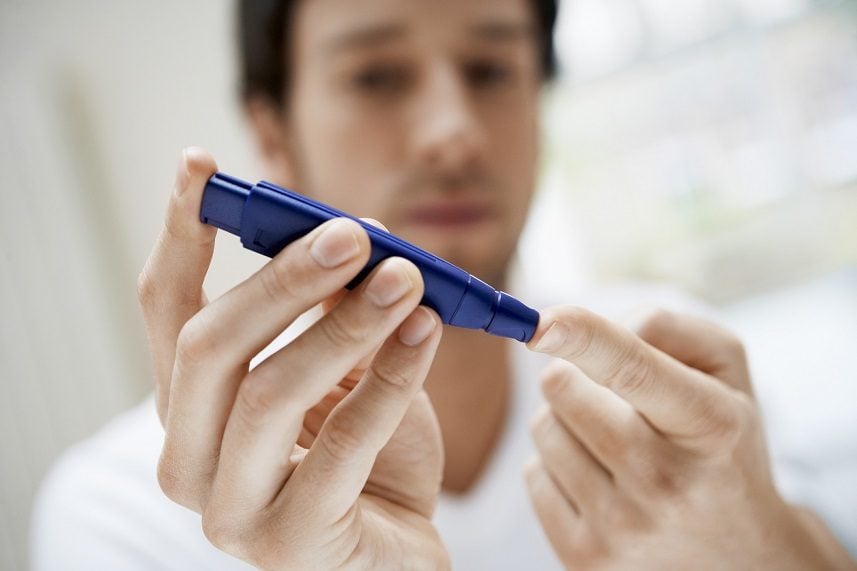
Marijuana has been known to treat or cure a lot of the maladies that are ailing us. In some cases, the treatment is rather surprising. It seems like it would be counterproductive to have a diabetes patient treated with a substance that has a notorious side effect of causing people to eat junk food. Nevertheless, people with diabetes are finding relief in marijuana that they didn’t expect to find.
Here’s what you need to fight diabetes
Anti-inflammatories and antioxidants are key.
Our target marijuana for treating neuropathy from diabetes is going to have to be high in CDB. A lot of anti-inflammatories come from antioxidants and those help a lot in pain management. Essentially, you want strong factors in both those categories which give us the next 10 strains you need in your medicine cabinet.
10. Harlequin
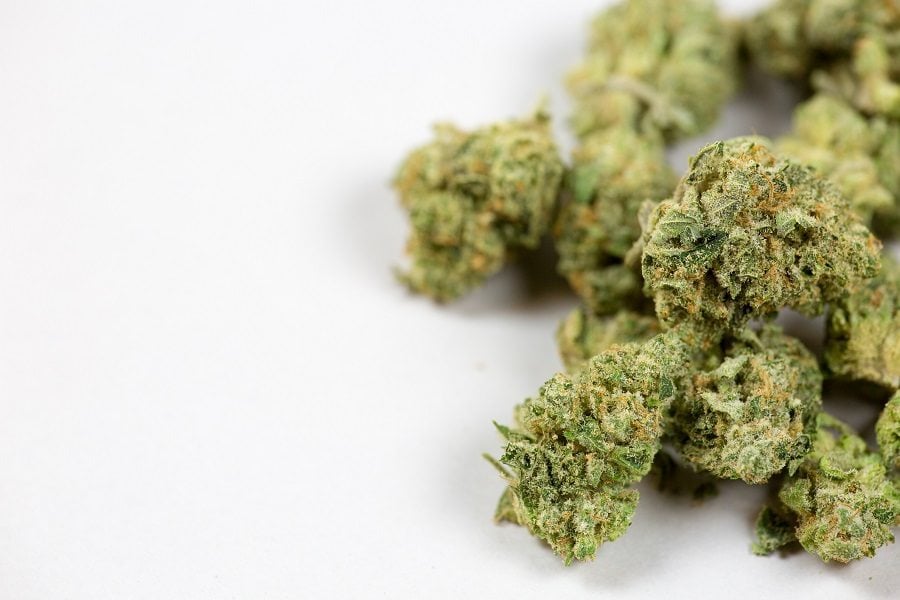
This strain has high levels of CBD.
This hybrid is 75% Sativa and 25% Indica. Harlequin has a good ratio of 5:2 for CBD to THC. CBDs tend to counteract the intoxicating effects of THC, so this strain will be able to relieve your pain without knocking you down. Because of it’s higher THC content compared to other strains in this list, it also helps with some anxiety.
9. Cannatonic
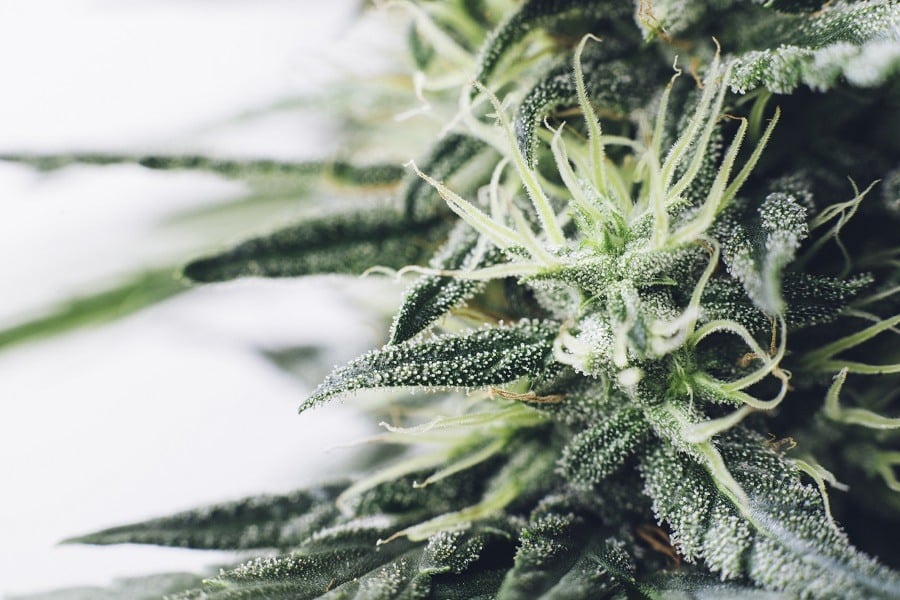
This type of marijuana helps with pain symptoms.
This strain can reach concentrations of up to 17% CBD while rarely getting above 6% THC. Like the Harlequin strain, Cannatonic is great for relieving those pain symptoms while also making you more relaxed. It also considered one of the premier medical strains used for treating “pain, muscle spasms, anxiety, migraines, and a wide variety of other physiological and psychological symptoms.” according to Leafly.com.
8. AC/DC
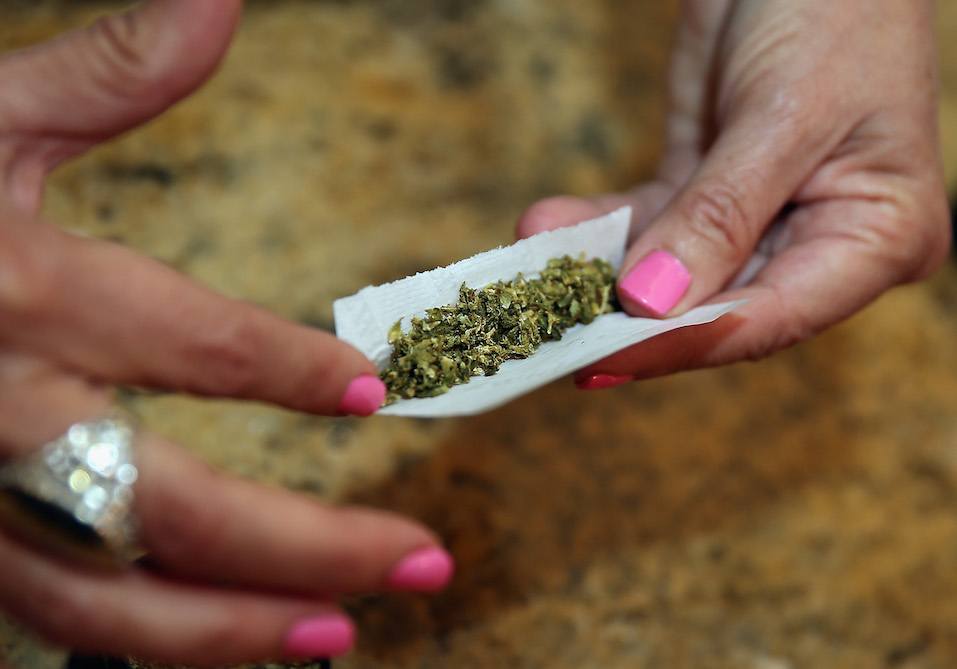
This strain has very little THC.
The CBD concentration in this strain can reach up to 19% and has very little THC. That small amount of THC makes this strain perfect for everyday maintenance of pain management. Not to mention, it also has a relatively low side effect of “the munchies” making it easier to maintain a diabetic diet.
7. Charlottes Web
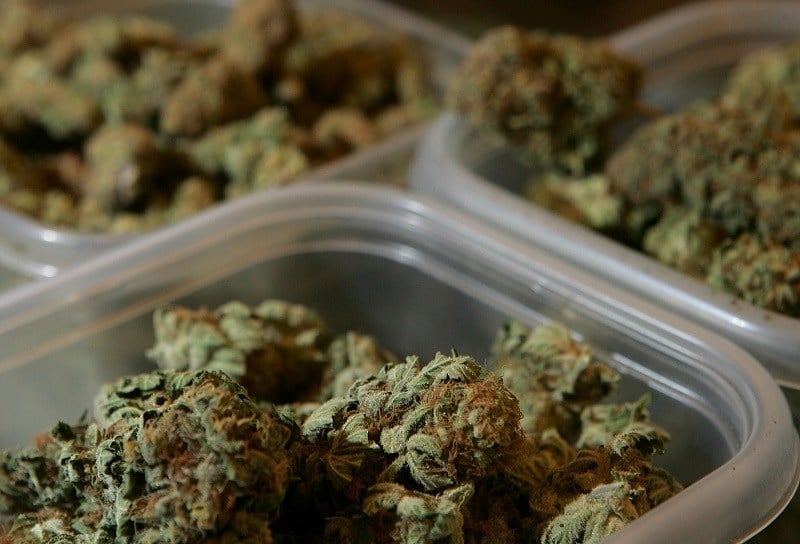
This type of pot has been said to help with various ailments.
This strain was developed strictly for the purpose of treating a young girl’s extreme epilepsy. From there, it’s been another premier strain in medical treatments. This plant boasts a 20:1 ratio and can help with so many ailments. Since it often has a less than 1% THC concentration, it’s not intoxicating at all.
6. AC Diesel
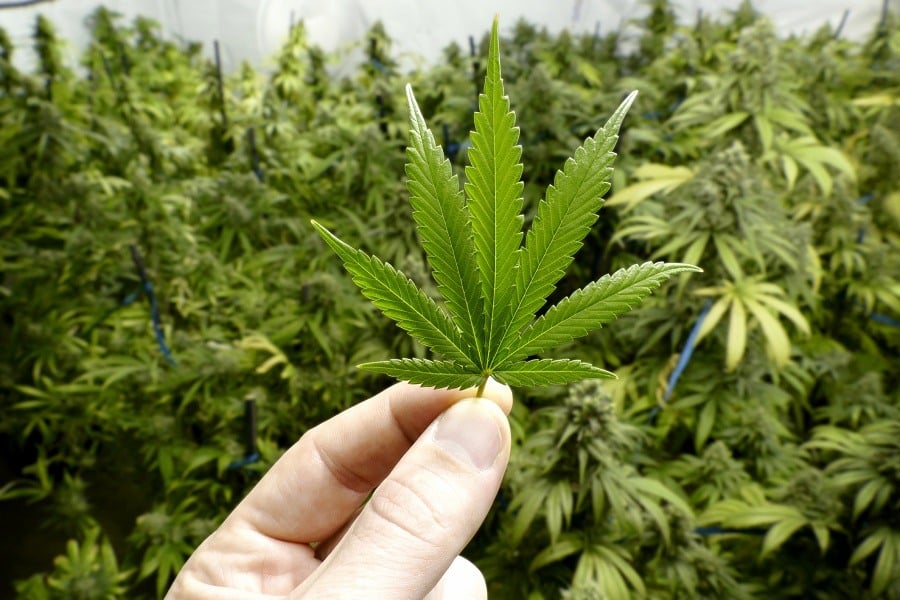
This hybrid is Sativa dominant.
AC Diesel is a Sativa dominant hybrid that has a really great ratio of 24:1. It induces a relaxing body buzz but is really great for everyday use. The intoxicating effects are negligent at best, so don’t let the name fool you into thinking it’s over fueled.
5. Ringo’s Gift
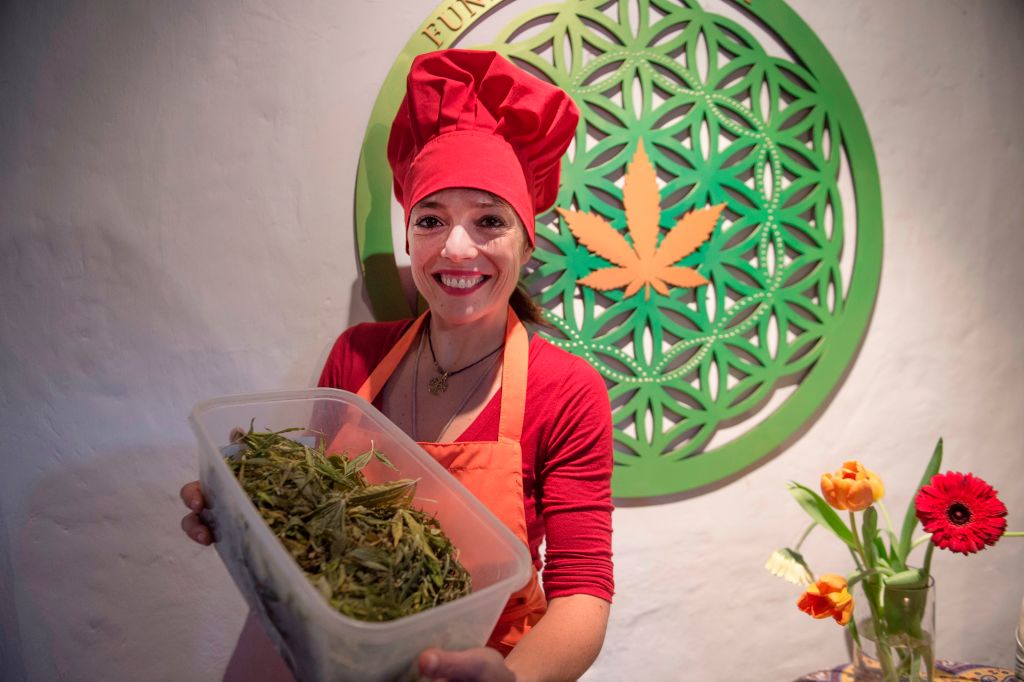
This strain is a long-time favorite.
The late Lawrence Ringo was one of the original CBD activists and strain developers. He founded SoHum Seeds and had been pioneering the development of better strains for decades. Ringo’s Gift can reach ratios up to 24:1and has been a favorite around the world.
4. Valhalla

With this type, you’ll know what to expect.
The Valhalla strain has a huge concentration of up to 25% CBD. Unlike other strains, it’s low is pretty consistent at 22.5%. For the most part, you know exactly what you’re going to get with this strain of marijuana. It also boasts a less than 1% THC concentration average.
3. Suzy Q
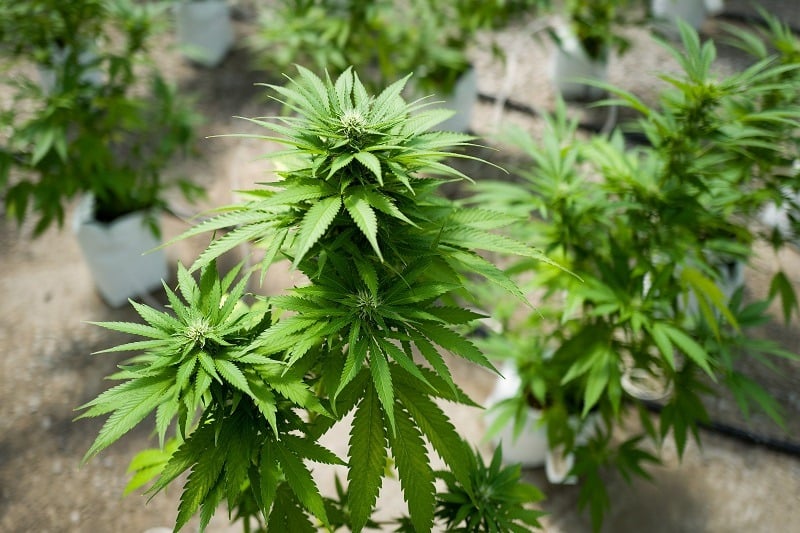
Suzy Q has plenty of CBD and low levels of THC.
Little miss Suzy Q here has a monstrous concentration of CBD at 25% while maintaining that low THC concentration of less than 1%. This is another strain that would be great for everyday maintenance of diabetic neuropathy and other painful ailments.
2. Harle Tsu
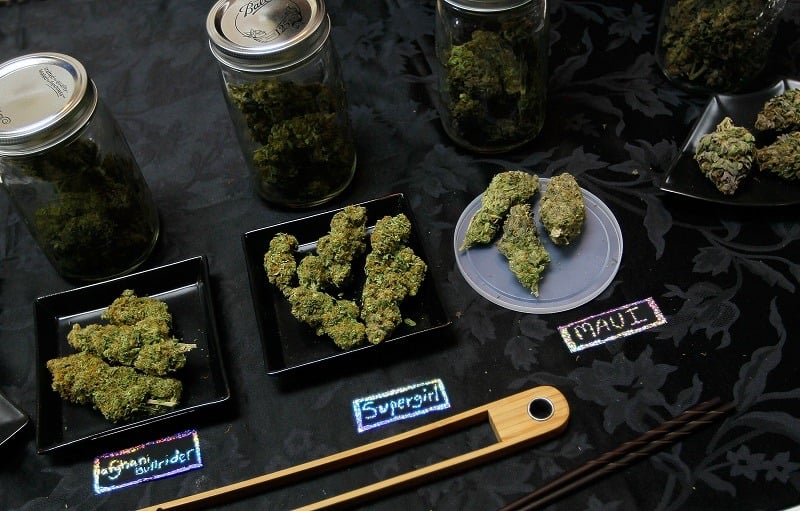
This style is a hybrid.
This hybrid is a cross between Harlequin and Sour Tsunami: Harle Tsu. This is an incredibly powerful CBD focused strain boasting a 20:1 ratio of CBD to THC concentration. The CBD concentration can reach as high as 38%. The higher than normal THC concentration for this list does leave it some relaxing effects and an increased appetite.
1. R-4

This strain is top notch.
When it comes to the world of CBD strains, none beat the concentration (that we know of) of the R-4 strain. This strain has up to a whopping 40% CBD concentration. This strain doesn’t sacrifice anything and maintains a less than 1% THC concentration. If you are going to treat diabetic neuropathy, this is the strain for you. Let’s just hope you have it in your state.
Diabetes doesn’t only affect your blood sugar
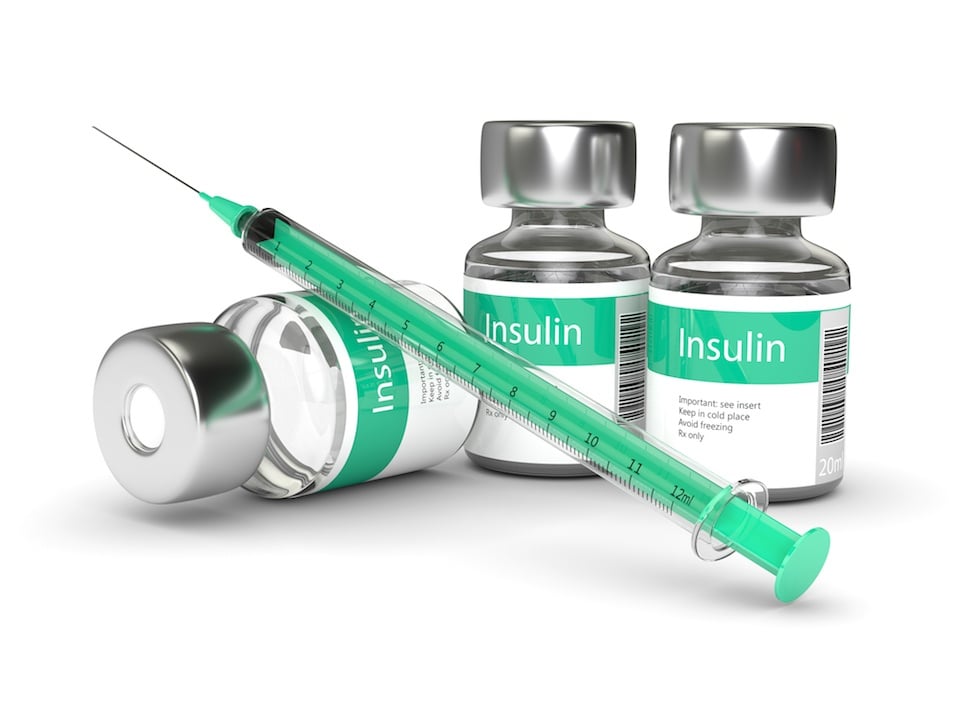
There's more to diabetes than dealing with blood sugar.
People who have diabetes suffer from a myriad of ancillary issues. One of the most frustrating issues to deal with is neuropathy. This is where the nerve endings inflame and deteriorate over time. This leads to numbness, weakness, pain, and impotence. Luckily researchers found a surprising friend in marijuana.
Marijuana reduces the pain of neuropathy
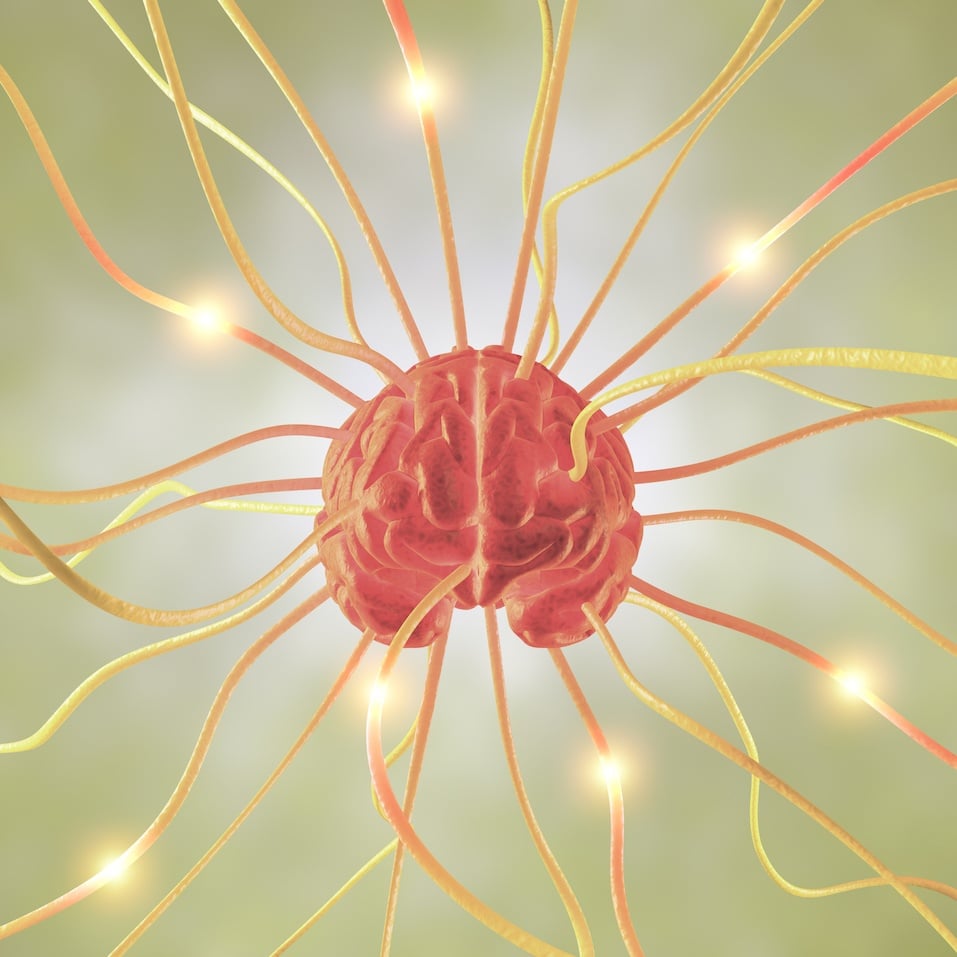
Marijuana can help with inflammation.
Marijuana is well known as an anti-inflammatory. It’s been used to treat a whole host of ailments that involve symptoms of inflammation. So a patient suffering from the pain of inflamed nerve endings should welcome any type of relief. But that’s not all it’s good for. Marijuana also contains a chemical called cannabidiol or CBD. CBD is the non-psychoactive component of marijuana, unlike THC.
CBD can prevent nerve endings from deteriorating
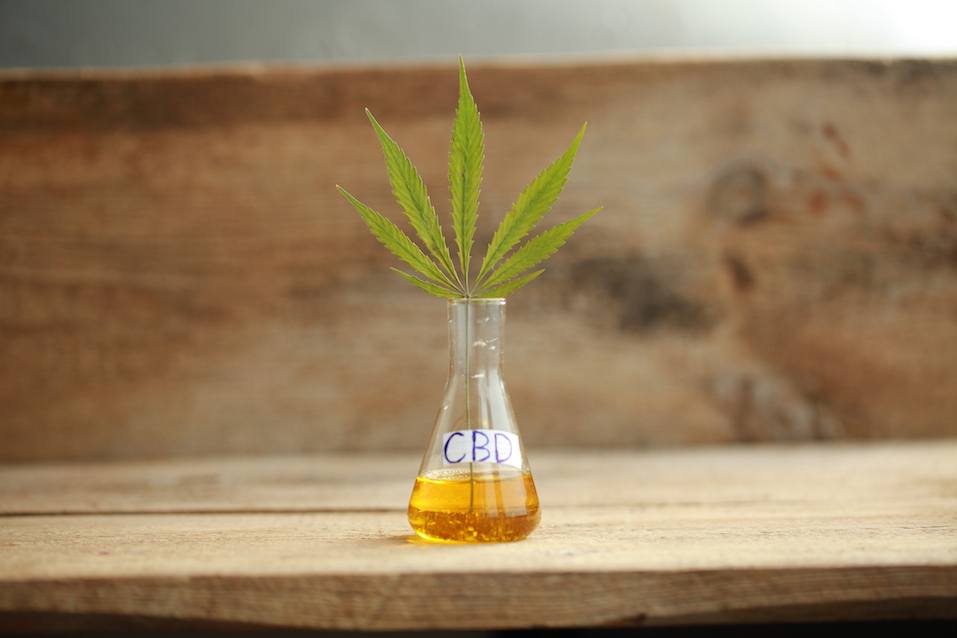
CBD is a powerful substance.
CBD is a cannabinoid found in marijuana that has been astounding scientists with its versatility. In the case of treating neuropathy, CBD has been found to actually prevent nerve endings from deteriorating altogether. It was also seen to restore nerve function in the sciatic nerve of diabetic rats.
Concentration levels are subject to variability

It can be hard to know what to expect.
For all the strains of marijuana we chose on this list, we went with available information from multiple sources. However, given the nature of plants, it’s impossible to guarantee that these strains will consistently hit those numbers. Concentrations vary from crop to crop, owner to owner, and even seed to seed.
If you are seeking a diagnosis, you must consult your physician and see what the appropriate course of treatment is for you.
Source: The Cheat Sheet
No comments:
Post a Comment